Brain Cancer Treatment Advances: What You Need to Know Now


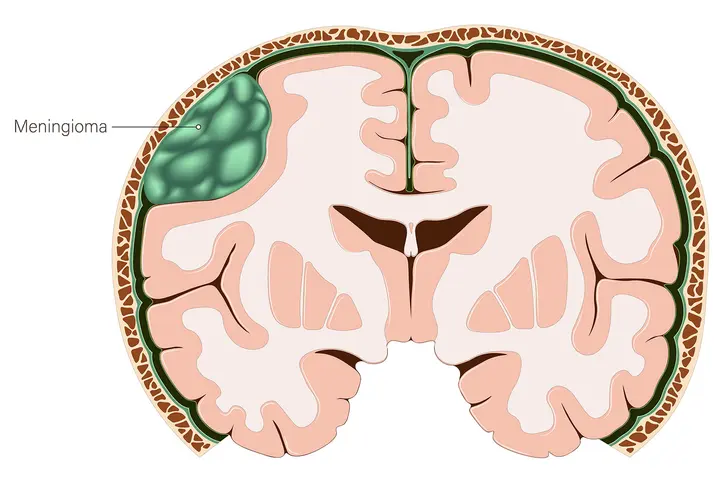
The Challenge of Brain Cancer
Brain cancer isn't just one disease. There are 150 types of brain tumors, often named for the kind of cell they start in. Some are benign, like many meningiomas. Others are malignant, like glioblastomas. This is the type of glioma that makes up 14% of all brain tumors and half of all malignant ones. Brain cancer is either primary, meaning it started in the brain, or metastatic (five times more common), meaning it began elsewhere else.
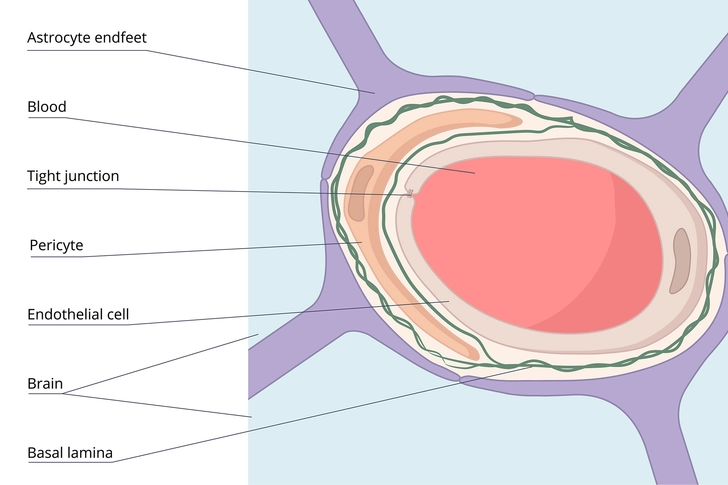
Why Brain Cancers Are Hard to Treat
Many types of brain tumors have edges that zigzag rather than defined edges, so it's often not possible to fully remove them. A protective layer of cells called the blood-brain barrier makes it hard to get cancer drugs into the brain. Even within one type of brain cancer, like glioblastoma, tumors can be so different that no single treatment is universally effective. This means care must be personalized.

The Pillars of Standard Care
Traditional brain cancer treatments are chemotherapy and other drugs, radiation, and surgery. While surgery aims to cut out a tumor, the goal of other treatments is to kill off cancer cells and stop their growth. You may need a combination of treatments. The order that you get them in will be unique to you and your type of brain cancer.

Surgical Advances
Traditional surgery involved making a large opening in the skull to reach the tumor. New techniques make surgery less invasive for easier recovery. Keyhole surgery can remove tumors through an opening as small as 14 millimeters (just over half an inch) across, and some procedures can even be done through the nasal passage. Stereotactic radiosurgery aims radiation beams right at tumors. Laser interstitial thermal therapy uses heat to destroy tumors.

Advances During Surgery
In the operating room, imaging techniques like magnetic resonance imaging (MRI), ultrasound, or fluorescence-guided surgery allow surgeons to remove tumors more precisely. The new Ultra-Rapid ddPCR test can tell within minutes whether cancer cells are still present in a small tissue sample, while you're still in surgery. This is especially valuable with tumors that have irregular boundaries.
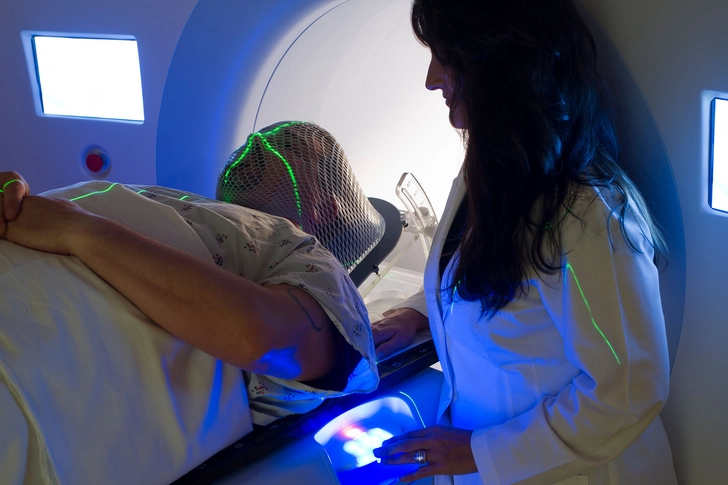
Advances in Radiation
Proton therapy is a way to deliver high doses of radiation to targeted areas and limit damage to nearby tissue. Pencil beam technology is an even more precise version, important when the tumor is in a critical area like the brainstem. Scientists are studying whether drugs called radiation sensitizers can make radiation work even better. One such drug, selinexor (Xpovio), is being tested in dozens of clinical trials around the country.
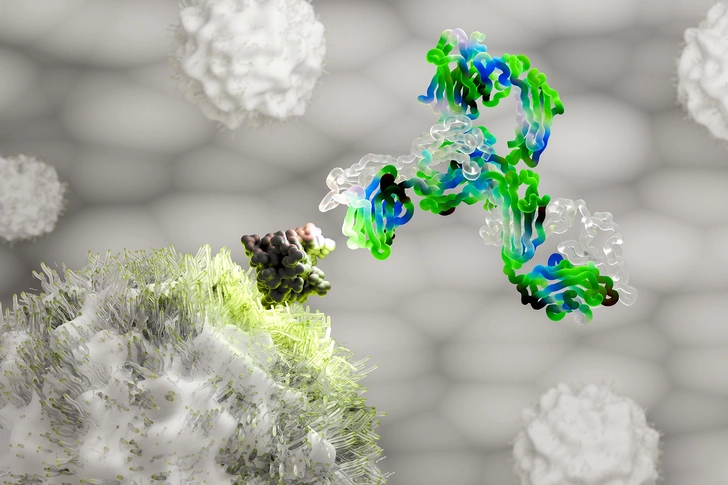
Immunotherapy
Immunotherapy attacks brain cancer with drugs like immunomodulators and monoclonal (manmade) antibodies. They tell the body’s immune system to hunt down cancer cells. FDA-approved immunomodulators include dostarlimab (Jemperli), granulocyte-macrophage colony-stimulating factor (GM-CSF), and pembrolizumab (Keytruda). Monoclonal antibodies include the drugs bevacizumab (Avastin), dinutuximab (Unituxin) and naxitamab-gqgk (Danyelza).
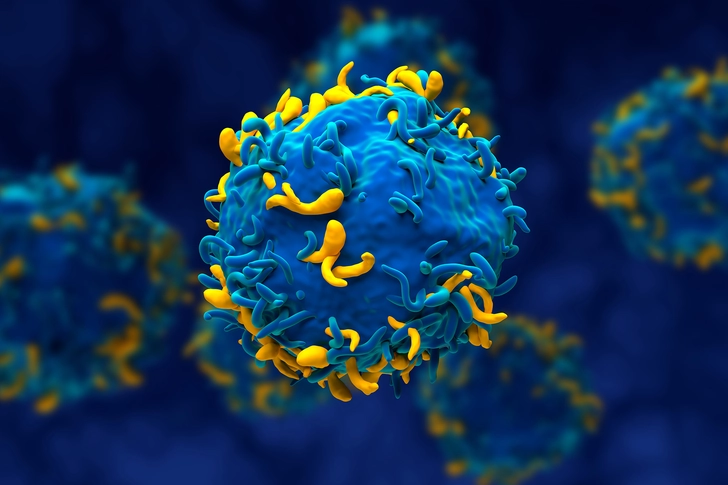
Developments in Immunotherapy
CAR T-cell therapy uses your own immune cells to target a protein found in brain tumors. A new type of CAR T targets two proteins, EGFR and IL13Rα2, for greater effectiveness. Researchers are also studying a vaccine that programs your immune cells to recognize and kill glioblastoma cells.

Targeted Therapies and Precision Treatments
Personalized therapy is the next level of treatment. It’s based on your specific tumor’s traits. Certain gene mutations can drive tumor growth. Once your doctor identifies these mutations, they can target them with new or existing drugs. Researchers are combing massive databases of genetic mutations and gene combinations found in brain tumors to find out what genes various tumor cells use to survive.
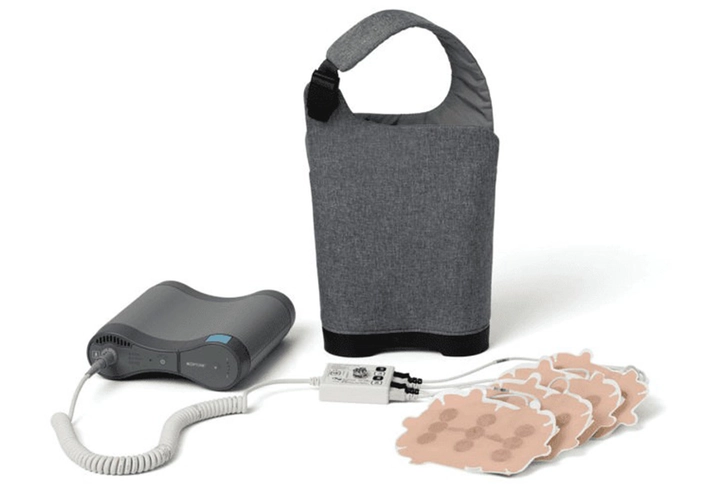
Wearable Devices
Tumor treating fields (TTFields) therapy, as used in the Optune device, sends waves of electric fields directly into glioblastoma tumors to stop the growth of cancer cells and put the body's immune system in attack mode. Worn on the scalp for eight hours per day, it may extend survival for years. A third-stage clinical trial is exploring whether combining it with immunotherapy and chemotherapy drugs will make it even more effective.
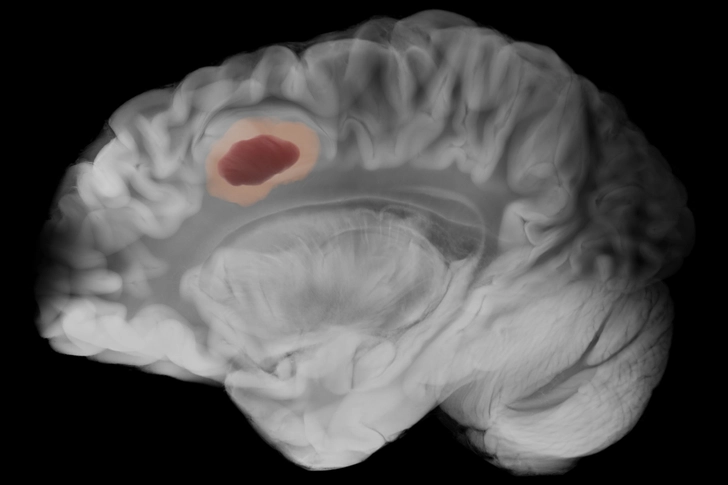
A Step Forward in Drug Delivery
Many drugs that work for other types of cancer can't get through the blood-brain barrier. To overcome this, scientists are testing low-intensity pulsed ultrasound with microbubbles to penetrate it and deliver a cocktail of immunotherapy and chemo drugs into a tumor. Early results for glioblastoma showed that it helped people's immune systems better recognize and attack the cancer cells.

A Breakthrough in Evaluating Cancer Drugs
A device placed in the brain during surgery could predict a glioblastoma's response to drugs. About the size of a grain of rice, it releases tiny doses of anti-cancer drugs at separate places in the tumor as surgery proceeds and is taken out at the end of it. Tumor tissues are then analyzed to see how well each drug worked. Now in a phase I clinical trial, this could be a next step in personalized treatment.

The Role of Technology and AI
By analyzing vast amounts of brain cancer data, AI is making diagnosis and care more precise. It may soon be able to evaluate brain tumor MRI scans to predict responses to radiation. AI imaging can quickly tell the difference between brain changes from treatment and those caused by a growing tumor to guide treatment decisions. This used to take months. AI also helps scientists develop new therapies.

Advances From Recent Clinical Trials
Hypofractionated proton beam therapy is lengthening survival with glioblastomas. A new form of the chemo drug temozolomide is helping counter the drug resistance that often happens with brain cancer treatment. For recurring gliomas with IDH1 and IDH2 mutations, vorasidenib has more than doubled progression-free survival. And the weekly pill dordaviprone was just approved for gliomas with the H3 K27M mutation.
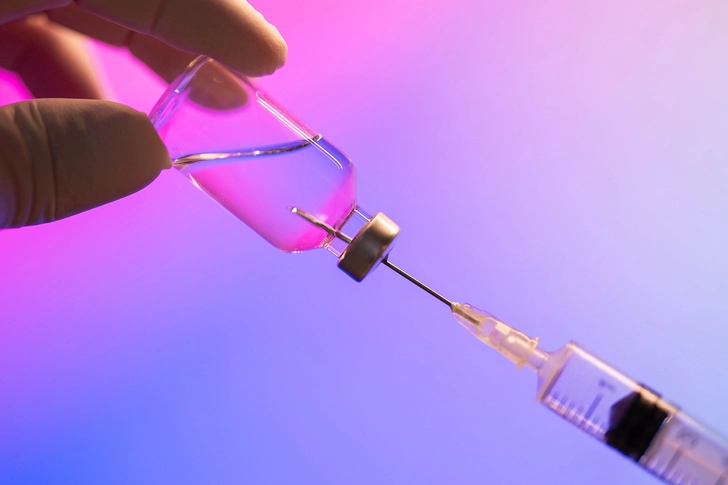
Clinical Trials: More on the Horizon
A national phase II trial for recurrent malignant meningiomas is testing lutetium Lu 177 dotatate (Lutathera), a precision radioactive drug. Researchers are studying the immunotherapy drug nivolumab (Opdivo) for certain other recurrent brain tumors as well as glioblastoma. More antibody drugs are being developed that target cell growth and spread. And cancer vaccines aimed at cancer cells with specific antigens are coming that will encourage the immune system to attack them.
IMAGES PROVIDED BY:
- iStock/Getty Images
- iStock/Getty Images
- iStock/Getty Images
- Cavan/Getty Images
- iStock/Getty Images
- iStock/Getty Images
- Science Photo Library/Getty Images
- Science Photo Library/Getty Images
- Moment/Getty Images
- Reproduced with permission from Novocure GmbH ©2022 Novocure GmbH – All rights reserved. Permission for global use was obtained from the patient.
- iStock/Getty Images
- DigitalVision/Getty Images
- Moment/Getty Images
- Moment/Getty Images
- Moment/Getty Images
SOURCES:
Penn State Health: "Brain tumors."
Cancer Research Institute: "Immunotherapy: For Brain Cancer."
National Brain Tumor Society: "Brain Tumor Facts."
Mayo Clinic Neurology and Neurosurgery: "Innovation drives brain tumor treatment."
MD Anderson Cancer Center: "Laser interstitial thermal therapy."
UCHealth: "Understanding brain cancer, tumors and treatments."
National Cancer Institute: "A New Vaccine to Target Treatment-Resistant Glioblastoma," "How Brain Tumors Are Diagnosed and Treated," "Rapid Genetic Test Could Help Guide Brain Cancer Surgery," "Advances in Brain and Spinal Cord Tumor Research," "Tiny implanted devices give insights for treating brain tumors."
Penn Medicine: "Dual-target CAR T cell therapy slows growth of aggressive brain cancer."
Current Oncology: "Recent Advancements in the Surgical Treatment of Brain Tumors."
Keck Medicine of USC: "Could electric fields supercharge immune attack on the deadliest form of brain cancer?"
Nature Communications: "Ultrasound-mediated delivery of doxorubicin to the brain results in immune modulation and improved responses to PD-1 blockade in gliomas."
ClinicalTrials.gov: "Implantable Microdevice In Primary Brain Tumors."
Critical Reviews in Oncology/Hematology: "Advances of artificial intelligence in clinical application and scientific research of neuro-oncology: Current knowledge and future perspectives."
UVA Health: "UVA Harnesses AI to Improve Brain Cancer Care."
The Lancet Oncology: "Short-course hypofractionated proton beam therapy, incorporating F-DOPA PET and contrast-enhanced MRI targeting, for patients aged 65 years and older with newly diagnosed glioblastoma: a single-arm phase 2 trial."
Yale School of Medicine: "Yale Advances in Treating Primary Brain Cancers Benefit Patients and Science."
The New England Journal of Medicine: "Vorasidenib in IDH1- or IDH2-Mutant Low-Grade Glioma."
FDA: "FDA grants accelerated approval to dordaviprone for diffuse midline glioma."
Cancer Immunology Research: "Nivolumab Reaches Brain Lesions in Patients with Recurrent Glioblastoma and Induces T-cell Activity and Upregulation of Checkpoint Pathways."